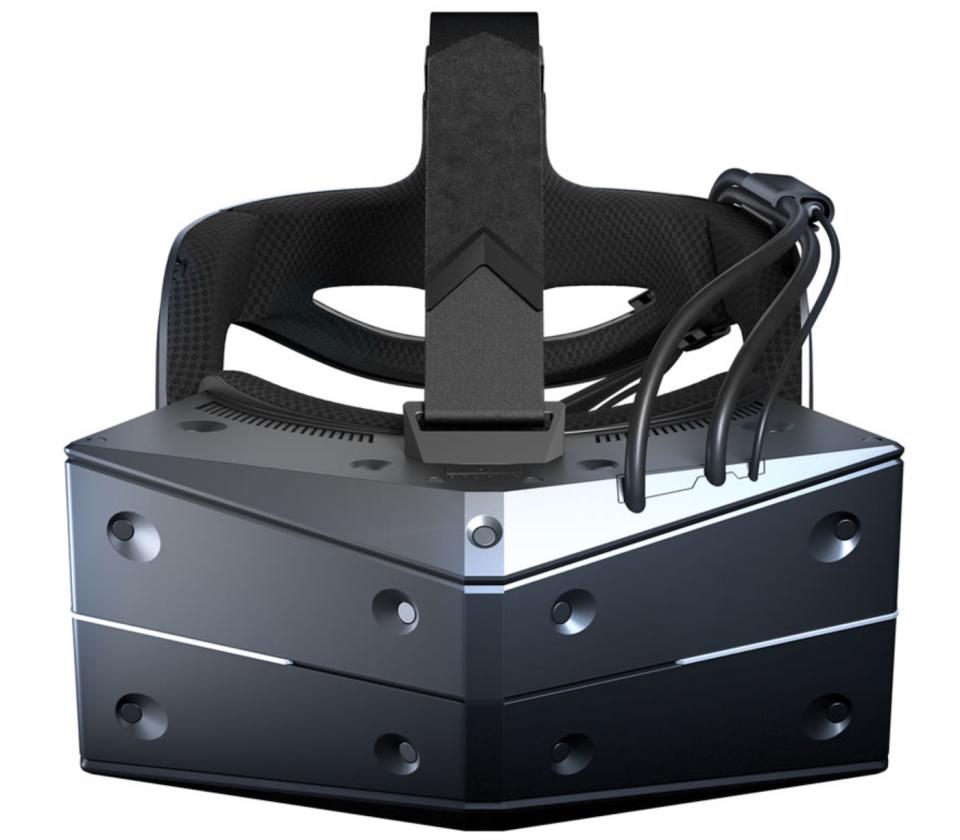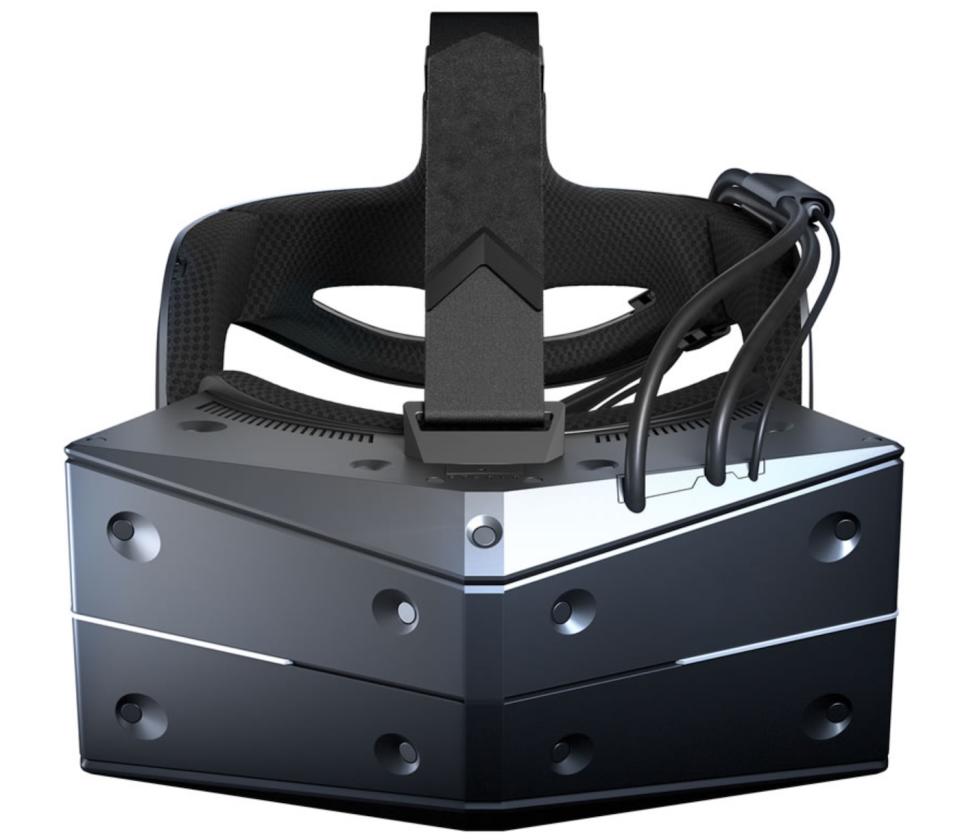StarVR's latest enterprise headset features built-in eye tracking
You'll probably find it at a museum or VR arcade, not on NewEgg.
StarVR has a new virtual reality headset, dubbed the "One." We haven't heard from the company -- a collaboration between Swedish game developer Starbreeze and Acer -- since it was demoing its own The Walking Dead game back in 2015. Back then, what made its headset stand out from the crowd was its 210-degree field of view. If you're keeping track at home, that's over double what the Oculus Rift offers. The new headset promises the same impressive FOV, but with Tobii's eye-tracking technology baked in.
As a result, the headset will automatically adjust to accommodate your interpupillary distance, which should result in a crystal clear image the first time you put the headset on. "Integrated eye tracking empowers dynamic foveated rendering, a breakthrough rendering technology which concentrates high-quality rendering only where the eyes are focused," StarVR says.
"As a result, the highest quality imagery is pushed to the eye focus area while maintaining the right amount of peripheral imagery detail." In so many words, it sounds like the headset will render detail how the human eye perceives it, with everything outside of the focal point being slightly less detailed. It's something Tobii bragged about in January when we took one of its eye-tracking-enabled headsets for a test drive at CES this year.
The headset also has a SteamVR 2.0 sensor array built in, and if you'd rather forgo Valve's tracking, the available One XT is "embedded with active optical markers for compatibility with optical tracking systems" for particularly intensive use scenarios.
Sounds cool, right? Well, unless you visit a museum, VR arcade or work in the enterprise world, chances are you won't get to try this out for yourself. Unlike the Oculus Rift and HTC Vive, StarVR is focused on business customers.
"StarVR One is built from the ground up to support the most demanding use cases for both commercial and enterprise sectors," it says. Suffice to say, this headset likely won't cost anywhere near the Rift ($400) or Vive ($500) whenever it hits the market.



